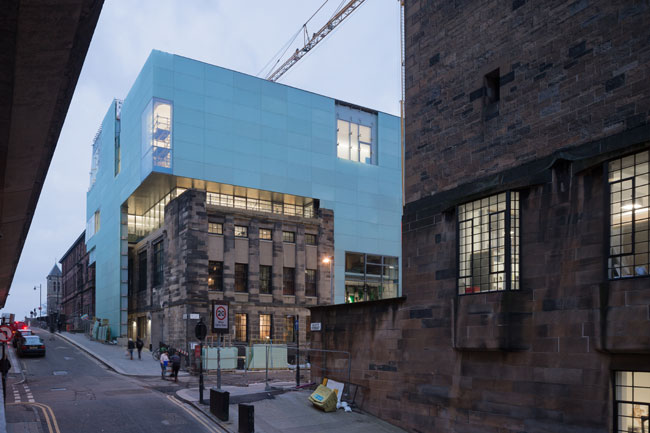Seona Reid Building, The Glasgow School of Art
Conversation with Mackintosh: An addition to a Scottish landmark engages the old architecture with design strategies that sometimes complement and sometimes contrast with the original building.


































Architects & Firms
Glasgow, United Kingdom
Building directly opposite Charles Rennie Mackintosh's famed Glasgow School of Art, as Steven Holl has done, is simultaneously a plum job and the commission from hell. Mackintosh's school (1897-1909) is the building where Arts and Crafts met Art Nouveau, incorporating modern construction techniques while channelling the historic Scottish Baronial style. It is such a rich, clever, eccentric building, a touchstone for so many architects. But the problem is the same as the opportunity. In this exalted company, the critical eyes of the world are bound to draw comparisons.
People |
Products |





















